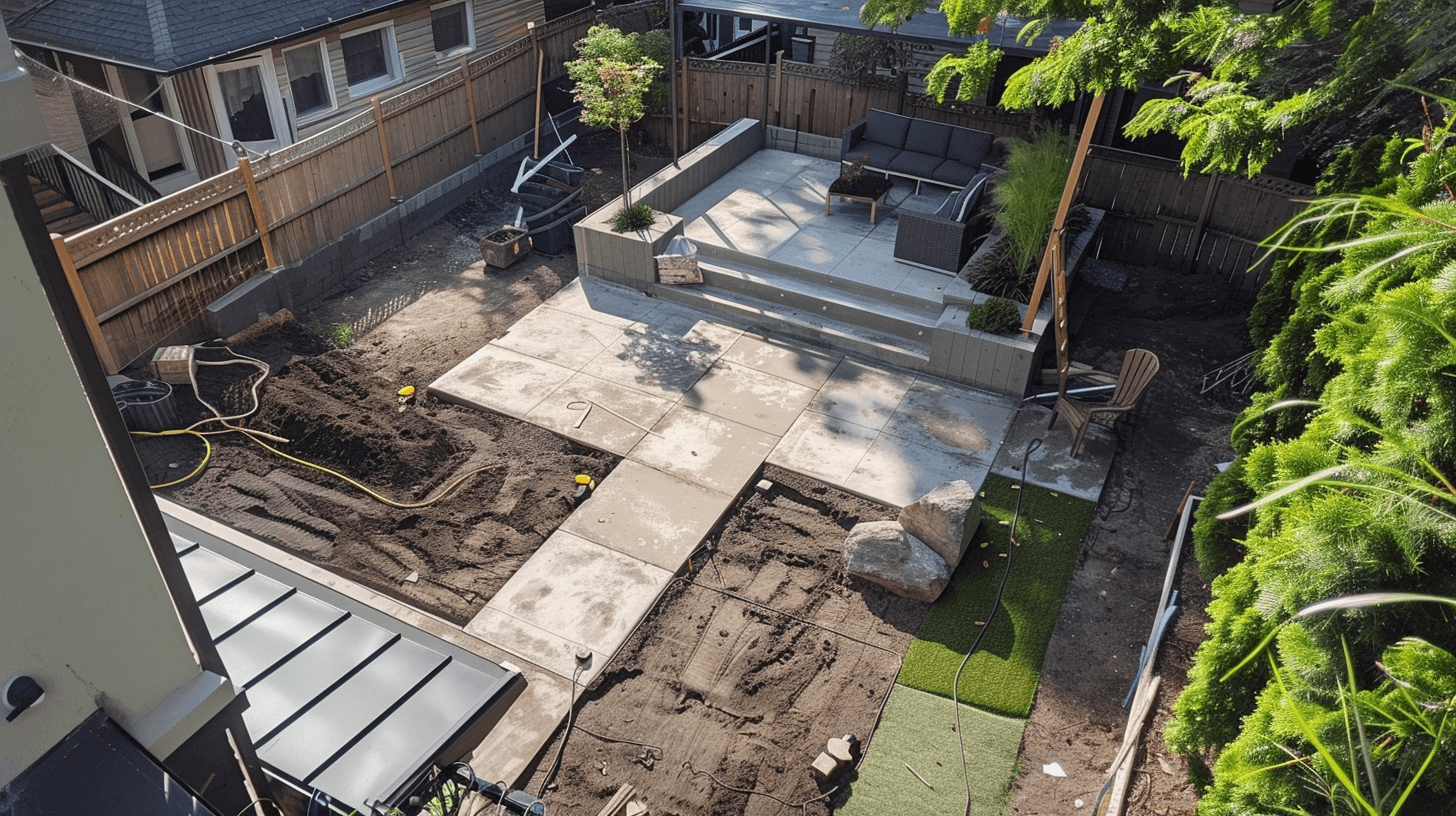As the icy fingers of winter begin to creep towards our homes, the threat of frozen pipes looms ever closer. Through careful preparation and strategic planning, we can shield our plumbing from the frigid grasp of the season.
By implementing expert winterizing tips, we can fortify our homes against the chilling effects that could lead to costly damage and inconvenience. Stay tuned to discover practical strategies and essential advice that will help you safeguard your pipes and ensure a worry-free winter ahead.
Identifying Problem Pipes
Identifying problem pipes is crucial in preventing frozen pipes during winter months. One way to do this is by focusing on plumbing in outdoor fixtures and unconditioned areas. Checking pipes in exposed spots is essential to pinpoint vulnerable areas.
Insulating these pipes using foam tubular insulation and adhesive tape for tight spots can help prevent freezing. Ensuring proper insulation throughout all areas is key to safeguarding the plumbing system. By prioritizing based on vulnerability, it becomes easier to address high-risk areas promptly.
This proactive approach can save time, money, and potential damage caused by frozen pipes. Remember, prevention is always better than dealing with the aftermath of burst pipes.
Insulating Vulnerable Areas
To effectively prevent frozen pipes in vulnerable areas, insulation is crucial for maintaining the integrity of the plumbing system. Identifying and insulating problem pipes is a key step in winterizing. Focus on outdoor fixtures, unconditioned areas, and exposed plumbing.
Insulate pipes using foam tubular insulation and adhesive tape for tight spots. Proper insulation in all areas is essential. Ensure pipes in crawl spaces and attics are well insulated, and seal leaks that allow cold air near pipes.
Use heating tape for exposed pipes, and consider relocating exposed pipes for additional protection. These steps help safeguard your plumbing from freezing temperatures and potential damage.
Preventive Measures for Freezing
Insulation is crucial for maintaining the integrity of the plumbing system and preventing frozen pipes. Dripping faucets to keep water flowing and opening cabinet doors for warmer air circulation are simple yet effective preventive measures. Shutting off water to vulnerable areas or the entire home can also help avoid freezing.
Releasing pressure from pipes after turning the water off is another important step to prevent damage. By taking these precautions, I can safeguard the plumbing system during the winter months. Remembering to regularly check and maintain dripping faucets, as well as insulating pipes with foam tubular insulation and adhesive tape, are proactive ways to ensure the plumbing remains functional and undamaged in cold weather.
Pool and Exterior Precautions
When preparing for winter, it is essential to take precautions for pools and exterior areas to prevent freezing and damage. To ensure the safety of these outdoor features, it is crucial to drain water from swimming pools and outdoor lines, remove, drain, and store outdoor hoses, and close inside valves supplying outdoor bibs. Additionally, pools can withstand cold temperatures with proper systems in place, including engaging the Freeze Protect mode in controllers and ensuring continuous operation of pumps, fountains, and heaters. By following these steps, you can safeguard your pool and exterior areas from the potential dangers of freezing temperatures.
| Pool and Exterior Precautions | ||
|---|---|---|
| 1. Drain swimming pool | 2. Remove hoses | 3. Close valves |
Insulation and Sealing Tips
Considering the importance of protecting pipes from freezing temperatures, it's crucial to prioritize insulating vulnerable areas with proper materials.
Insulating pipes in crawl spaces and the attic can prevent heat loss and freezing. It's essential to seal any leaks that could allow cold air to reach the pipes. Making sure heating vents are open and using heating tape for exposed pipes are effective ways to maintain warmth.
If possible, relocating exposed pipes for better protection is advisable. By insulating and sealing effectively, you can significantly reduce the risk of frozen pipes during winter.
Taking these proactive measures will help ensure the smooth functioning of your plumbing system even in the coldest weather conditions.
Dealing With Extreme Conditions
To tackle extreme conditions, it's crucial to leave the heat on at no lower than 55°F when away. This helps prevent pipes from freezing in harsh weather.
Additionally, using a generator during power outages can ensure continuous heating. Opening faucets slightly to allow a trickle of water flow can also help prevent freezing.
Keeping garage doors closed with water lines inside can protect them from the cold. In unheated areas, using a space heater or heat lamp can provide extra warmth to vulnerable pipes.
Installing pipe sleeves or heat tape for insulation is another effective measure. Monitoring the weather forecast for additional precautions and having a plumber's contact information ready for emergencies are essential steps in dealing with extreme conditions.
Maintaining Water Flow
To ensure proper water flow and prevent freezing, it's crucial to implement strategies that maintain a consistent trickle of water through faucets in extremely cold conditions.
- Open multiple faucets slightly to allow a small stream of water to flow continuously.
- Choose faucets located on exterior walls or where pipes are most exposed to the cold.
- Adjust the flow rate to a slow, steady drip to keep water moving without wasting excess amounts.
These actions help prevent water from stagnating in pipes, reducing the risk of freezing and potential pipe bursts during harsh winter weather. Remember, a small amount of water movement can make a big difference in protecting your plumbing system.
Shutting Off Water Supply
Shutting off the water supply is a crucial step in preventing frozen pipes during the winter months. Before the cold weather hits, it's essential to locate the main shut-off valve in your home. This valve is usually found where the water line enters the house, often in the basement or utility room.
Turning off the water supply to your home can help prevent water from sitting in the pipes and freezing during frigid temperatures. Remember to drain the remaining water from the pipes by opening faucets after shutting off the main valve. By taking this simple precaution, you can greatly reduce the risk of your pipes freezing and potentially bursting, saving you from costly repairs and water damage.
Emergency Preparedness
In preparing for emergencies, it's crucial to have a well-thought-out plan that covers various scenarios to ensure safety and quick response. When it comes to emergency preparedness, I focus on three key aspects:
- Communication: Establish a communication plan with family members or roommates, including meeting points and emergency contacts.
- Supplies: Keep an emergency kit stocked with essentials like water, non-perishable food, flashlights, batteries, and a first aid kit.
- Practice: Conduct regular drills to practice evacuation procedures and familiarize everyone with emergency protocols.
Being prepared can make all the difference in staying safe and calm during unexpected situations.





